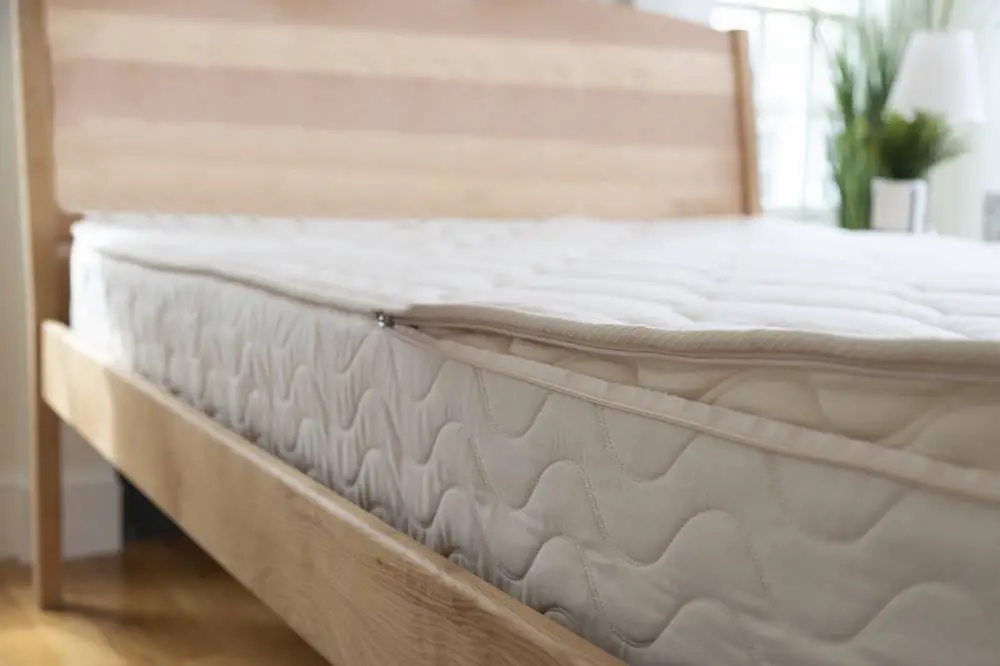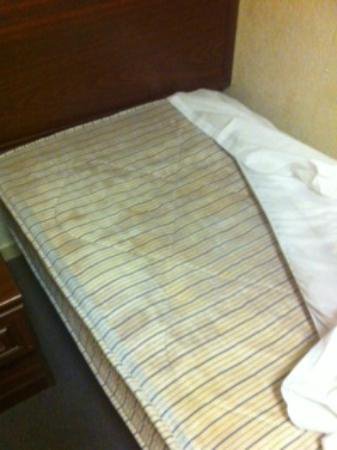Good night sleep is what each of us longs for because if we get a quality rest during the night, we will feel energized and in a good mood in the morning.
Sadly, falling asleep easily and not waking up during the night is something a lot of people struggle to achieve.
One of the ways to get a good night sleep, however, is by creating a good sleeping environment, and that includes choosing the right mattress among the rest.
So what makes a perfect mattress, you may wonder. In recent years, there is this belief circulating around that memory foam mattresses are the ones to avoid.

The reason for this comes after these mattresses were questioned and second-guessed by consumers following the realization that there have been changes in the market when it comes to their production.
According to research, memory foam mattresses are full of chemicals that off-gas while one is sleeping, including diisocyanates, flame retardants, polyols, as well as chemicals known as ‘blowing agents.’
The issue is that these chemicals are inhaled for at least eight hours while a person sleeps on such a mattress.

One person is sharing his personal experience with a memory foam mattress. He claims that once he purchased a memory foam mattress, he noticed it smelled weird. There were instructions not to use it for the first day or two so he decided to leave the windows of his bedroom open so there was a cross-breeze and he even placed some charcoal packets next to the mattress as charcoal is believed to soak up smells.
Once he started sleeping on it, he noticed that his gasses smelled the same his mattress has, and his pee the following morning had a strange color.
After a few days, he called the store to return the mattress and that’s when he realized he wasn’t the only person who has experienced these changes in his body.

Other chemicals memory mattresses are full of, according to research, are:
Methylbenzene, known as toluene, which is a clear liquid that occurs naturally and comes from crude oil. When inhaled in large quantities, this liquid is toxic.
Formaldehyde, a by-product of the foam manufacturing process. Formaldehyde fumes can irritate the eyes, nose and mouth, and it is known to be a human carcinogen.
Methylene Dianiline used as a reactant in the foam manufacturing process that causes irritation when it comes into contact with skin, and may be carcinogenic. But the results are unsure until further testing is done.
Methylene Chloride was formerly used as a blowing agent. This substance is a suspected carcinogen and can also pose serious health risks by coming into contact to the skin or mucous membranes, which occur while sleeping on memory foam.
Chlorofluorocarbons were formerly used as a blowing agent, and are in memory foam, but use of these substances is now limited because of their ozone-depleting effects in our atmosphere.
Next time you choose your new mattress, take this information into consideration, or simply do your own research on what will suit you best.
Please SHARE this article with your family and friends on Facebook.
Bored Daddy
Love and Peace
Bored Daddy
Please SHARE this article with your family and friends on Facebook.
Peace and Love
